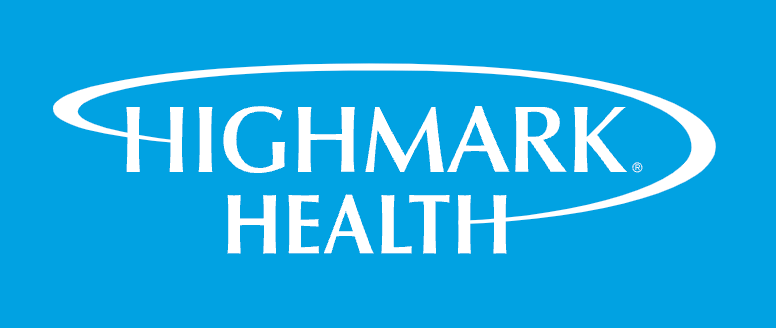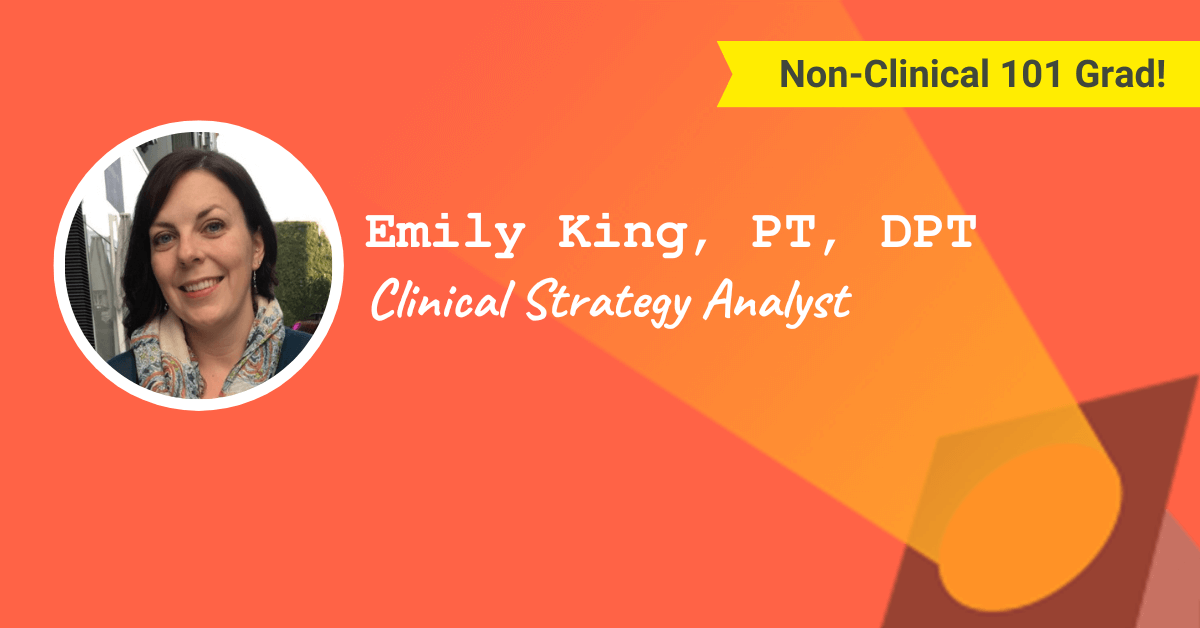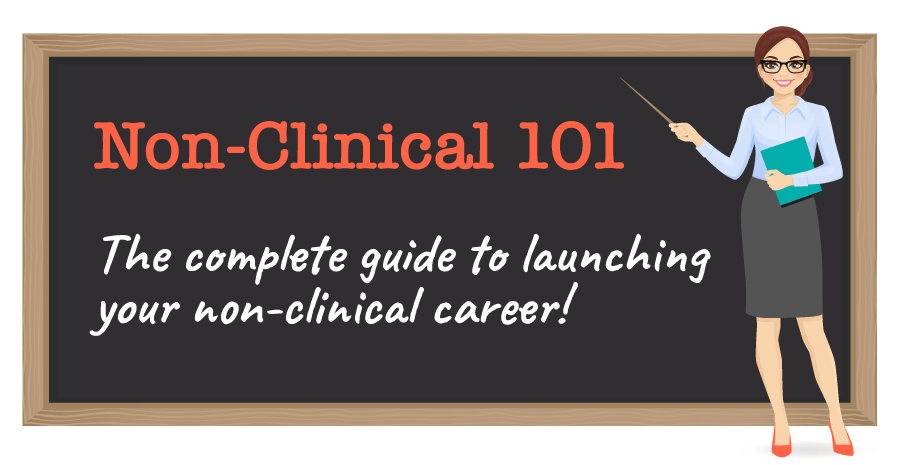This week’s spotlight is on Emily King, PT, DPT, a Non-Clinical 101 graduate who is now Clinical Strategy Analyst for Highmark Health! This is Emily’s second spotlight, and we’re so excited to share her non-clinical career growth!
This post may contain affiliate links or codes. This won’t increase your cost, but it helps keep TNCPT alive, and free of annoying ads! Thank you for your support. 🙂
What is your full name, title, and company name for your current, primary role?
Emily King, PT, DPT — Clinical Strategy Analyst at Highmark, Inc.

Where are you located?
Buffalo, NY.
Where did you go to PT school, and what year did you graduate?
Daemen University, 2011.
Please refrain from contacting our spotlight participants on social media. There are thousands of readers just like you out there. 🙂 Please ask your questions in the comments on this blog post.
If you’re a Non-Clinical 101 student, you can network with many of our spotlight participants in the alumni groups!
What did you do when you first finished school, and for how long?
I worked in a SNF/LTC facility for about one and a half years after graduation.
In what setting(s) did you work, and what types of patients did you treat?
I’ve also worked in acute care and an outpatient clinic. In acute, I worked with mostly postoperative orthopedic patients (total joint replacements, spine surgeries, etc.).
The outpatient clinic I worked at was in a very rural setting. I worked with patients from 12 years old up to nearly 100 years old.
I treated pretty much everything and anything—sprains/strains, post-op, stroke, balance, vestibular, wounds, Bell’s palsy, Parkinson’s…the list could go on and on.
What did you enjoy about your early roles? What didn’t you enjoy?
I really enjoyed working with patients that were vested in their health and in their PT program. It was so rewarding to see improvement in patients that put in the time and effort. It was especially rewarding to work with vestibular patients—it was almost instant gratification!
I didn’t enjoy the insurance regulations (“I’m just here because my doctor said I need to,” or “I need to get four visits in to get my MRI—this won’t help me.”). I got burned out with worker’s compensation cases, Medicaid fraud cases…I felt like I wasn’t doing meaningful PT for the last five or so years I practiced. I even started to question my skills and abilities as a PT toward the end.
What else have you done since then, prior to your current role?
I worked as an adjunct instructor (online courses only) at Bryant and Stratton College for a few years. I was also a skilled inpatient care coordinator (SICC) at naviHealth for about three years.
When and why did you decide to do something non-clinical?
I transitioned to a non-clinical role in 2020; however, this was several years in the works.
I knew I didn’t want to work in a clinic forever, so I had looked into different roles for several years. I seriously started the transition around 2017.
Editor’s Note: Emily’s journey is an excellent example of non-clinical career growth! Check out Emily’s previous spotlight as SICC for naviHealth and see how her career has grown since then!
What are you doing these days?
I work as a clinical strategy analyst. I work closely with the sales team to review client-specific clinical data. We use this information to strategically recommend products and solutions that will positively impact their population while reducing costs.
Are you still treating patients, or are you solely non-clinical?
I am solely non-clinical.
How long have you been in your current role?
Since February 2023.
Did you get any special certifications or training along the way to help you get into your current role?
I took the Non-Clinical 101 course, which was truly essential in my transition to a non-clinical role. There are an incredible amount of resources available to help you narrow down which non-clinical role will be the best fit for you and how to tailor your resume and cover letter to catch the eye of the recruiter.
How did you find your job? Did you apply or find it through a connection?
I found a role on the Highmark website that I was interested in but overqualified for. The hiring manager actually recommended me for my current role!
Did you do anything special to your resume and cover letter to land the job?
The Non-Clinical 101 course was so helpful when creating my resume and cover letter. It is hard to re-word your skills with a non-clinical spin, and this course made it easy.
What was the interview like for the clinical strategy analyst role?
I had four interviews total.
- The first interview was with HR as a general screening to make sure I was qualified and still interested in the role.
- The second interview was actually for a role that both the hiring manager and I agreed I was overqualified for. She recommended me for my current role.
- My third interview was with my current manager—more of a meet and greet.
- My fourth and final interview was with my current manager, another team manager, and the team director. I was asked to present a solution to a clinical problem (I used a pre-op teaching class to improve outcomes after joint replacement as my example).
How have people reacted to you leaving patient care?
Most have been supportive; very few were critical of my decision.
I don’t think everyone outside of PT realizes the limited growth and frustrations within the profession, but most realize the physical toll it takes.
What’s a typical day or week in the life like for you? What types of tasks and responsibilities fill your time?
I work with the sales team to create presentations demonstrating individual client’s clinical and financial data. I assist in strategically identifying what products and solutions are appropriate for each client based on their population health data.
What are some of the rewards of your role? What are the biggest challenges?
I enjoy using my clinical knowledge to make inferences and recommendations based on the clinical data from clients.
The biggest challenge working for a large company is realizing you are a very small fish in a VERY large pond. Lots of moving parts and verticals that don’t always communicate horizontally.
How did your clinical background prepare you for this role? Which skills transferred?
I need a good understanding of lots of medical and chronic conditions in order to recommend products and solutions that are appropriate for each client’s population—and how that will positively impact the health and well-being of the population while decreasing client costs.
Roughly speaking, how are the hours and pay compared to patient care?
My hours are 8:00am-4:30pm with a lot of flexibility. I can take my lunch when I want to, not when I have a 10-minute break between patients!
What type of person do you think would do well in your clinical strategy analyst role?
This role requires you to be very detail-oriented, organized, and self-driven.
Do you work remotely or onsite?
Hybrid!
Does your organization hire PT, OT, or SLP professionals into non-clinical roles? If so, what type of roles?
Within my department, the health management specialist team is willing to hire an SLP/OT/PT. I think there are some project managers that have a clinical background, too. This is a large company, so I can imagine there are lots of other opportunities!
Did you read any books, take any courses, or do anything special overall to get you where you are today?
Just the Non-Clinical 101 course.
What is a typical career path for someone in your clinical strategy analyst role?
There are six people on my team, and we all have our “SME” areas. I think the natural progression would be to advance within the SME area. For example, I am one of two product SMEs.
What is next for you? What are your high-level career aspirations?
I still haven’t quite figured out what I want to do when I grow up 😉 still TBD!
What would you recommend to someone who is considering going into a role like yours? Do you have any special words of wisdom for the readers?
Take your time, use resources available to you to really think about which job is the best fit for you based on your skills and preferences, and really take the time to tailor your resume/cover letter when you find a job that looks like a good fit.
What career advice would you give yourself that you wish you had during school?
Don’t be afraid to switch majors, even if you’re knee deep in something else.
Also, don’t be afraid to take a random course that sounds interesting to you—you never know what that spark might ignite!





